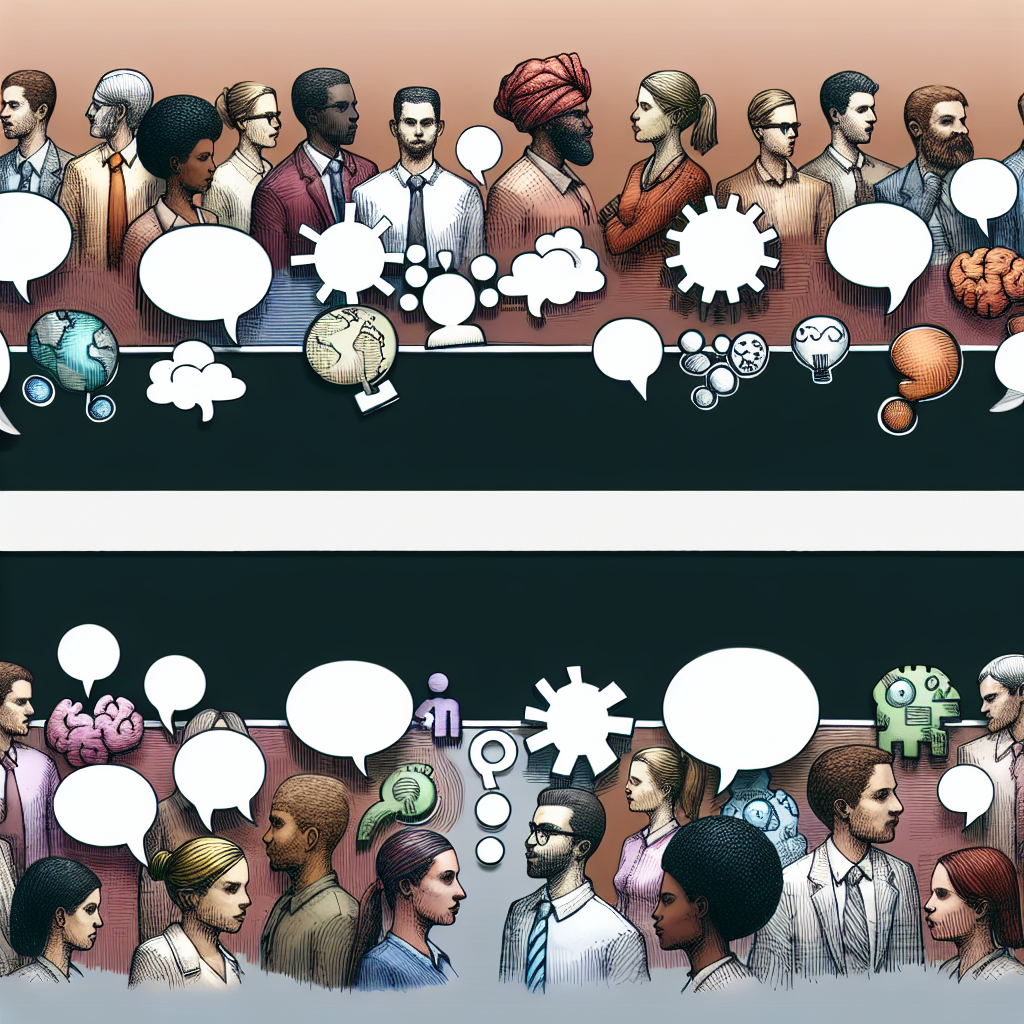In recent years, the conversation around cultural appropriation has gained momentum. But as we draw battle lines between what is appropriate sharing and what constitutes theft, have you ever wondered how this impacts us beyond socio-political terrain? Interestingly enough, it appears there may be a link between cultural appropriation and health.
Health Issue Overview
The environmental crisis in understanding health implications of cultural dilution means diving into an area where few have dared–the intersection of culture, identity, mental health and well-being. The dislocation from one’s own culture can lead to identity crisis which is often associated with increased stress, anxiety and other mental health challenges.
Medical Background
Culture provides a sense of belonging; it is an essential component to one’s identity formation. It’s no surprise then that when aspects of these cultures are appropriated or misrepresented by others; it can cause psychological harm to those who belong. This has been documented extensively with Indigenous communities in North America.

Patient Stories
We find examples in stories like Anna’s (name changed), an indigenous woman who described feeling invalidated when seeing non-indigenous people frivolously wearing traditional headdresses at fashion events – a sacred item not meant for casual wear or mockery.
Treatment Options
The remedy seems simple – respect and acknowledgement. By comprehensively understanding different cultures before partaking in their customs, we could avoid unintentional harm. Policy interventions and cultural sensitivity training both in education and workplaces are also beneficial.
Healthcare System
A more responsive healthcare system should understand impacts of cultural dislocation on mental health. Greater emphasis needs to be placed on tackling the effects of cultural appropriation within the broader societal context.

Research Developments
Pioneering research is now being conducted into psychological impacts of cultural appropriation to better understand this complex dynamic. More such studies will inevitably broaden our understanding, leading us toward a way forward.
Better public awareness and robust educational programs can serve as prevention strategies against unwarranted cultural borrowing.


